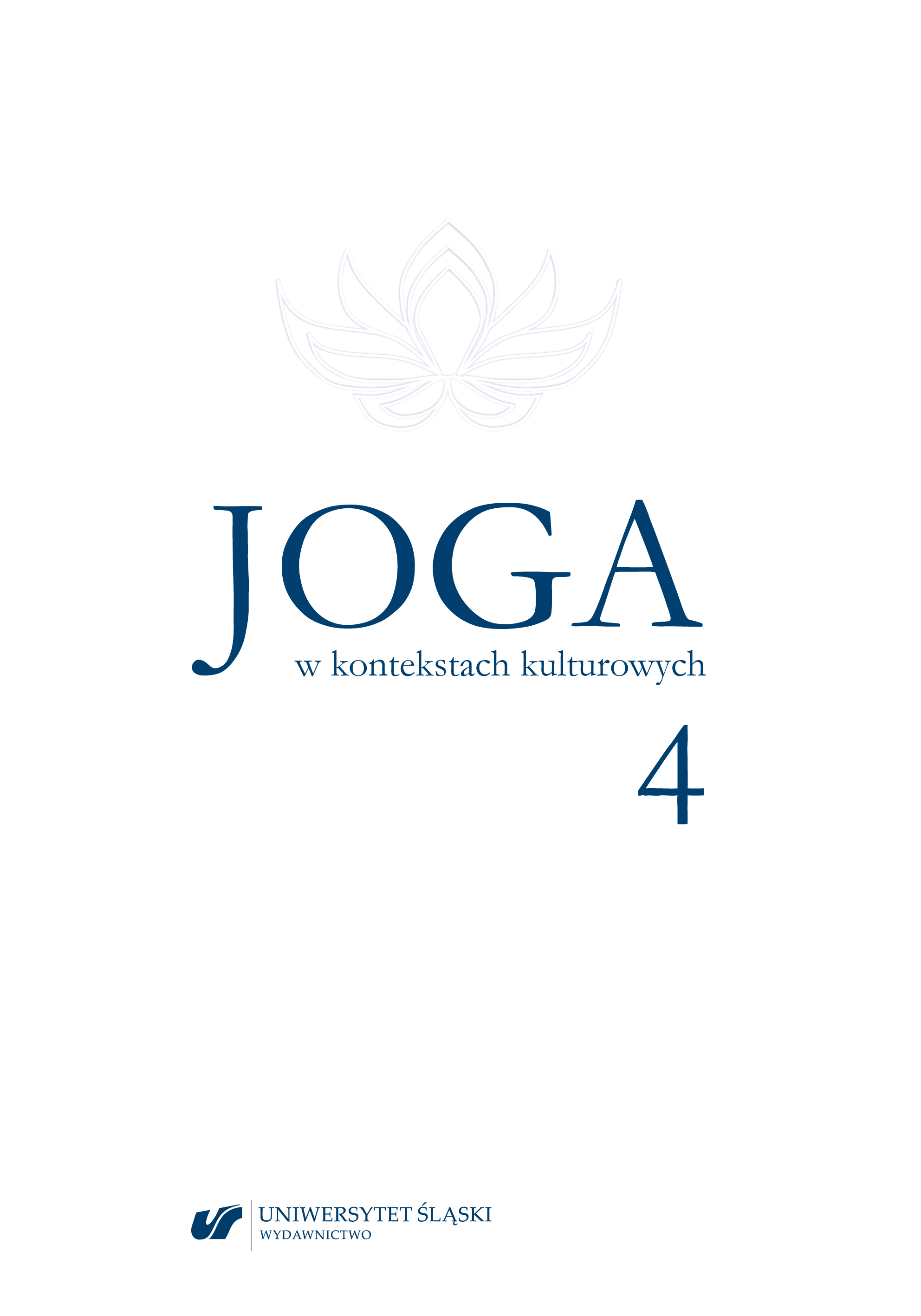Obraz jogi i mocy jogicznych w „Bhagawatapuranie”
The image of yoga and yogic powers in the „Bhāgavata-purāṇa”
Author(s): Dagmara Wasilewska
Subject(s): Cultural history, History of ideas, Culture and social structure , History of Religion
Published by: Wydawnictwo Uniwersytetu Śląskiego
Keywords: yoga; bhakti; „Bhāgavata-purāṇa” (6th–8th centuries A.D.); Bengali Vaishnavism
Summary/Abstract: The Bhāgavata-purāṇa, one of the most important Vaishnava texts, dates from around 6th–8th centuries A.D., a period when the system of classical yoga was already well known, while haṭha-yoga had not yet been formed, although its particular practices were already in use. The article presents yoga as a phenomenon perceived to some extent from the outside — from the distance created by the perspective of Puranic Vaishnavism, which on the one hand constituted part of the widely understood Vedic orthodoxy, and on the other was shaped under the strong influence of the pan-Indian devotional current of bhakti. The article deals primarily with what the authors of the Bhāgavata-purāṇa understand by yoga, how they describe it and make value judgments, as well as which of its elements they adapt to their own practice. In the Purāṇa we find extensive descriptions of yogic discipline in its very concrete forms, including detailed meditation procedures, as well as intriguing portraits of yogis and illustrations of the yogic powers they acquire, the so-called śakti. The author devotes special attention to “Book XI” of the text, especially its passage called Uddhava-gītā, in which the god Krishna in conversation with Uddhava in twenty-three chapters discusses in detail the text’s preferred way of yoga.
Book: Joga w kontekstach kulturowych 4
- Page Range: 13-34
- Page Count: 22
- Publication Year: 2021
- Language: Polish
- Content File-PDF

